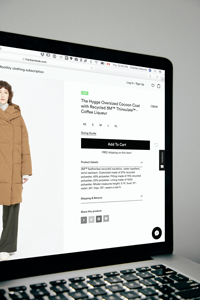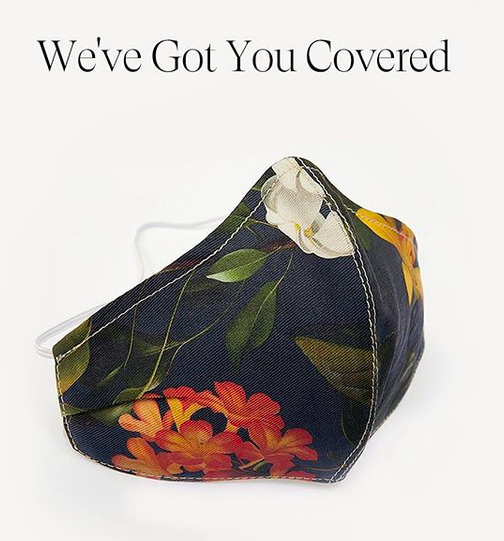The Pathway for Fashion amid COVID-19
Ecommerce and Online Shopping

Ecommerce and Online Shopping
Almost overnight, remote work has become mainstream, and so too, did online shopping.
Companies are making the most of the mandated isolation by offering creative solutions for the new ‘everyday’. In our latest piece, we wanted to share with you the ways in which commercial businesses are meeting vital margins during times of social tumult.
Shoppers are surge buying items to upgrade their living situations. Retailers are acting to ease consumers into the transition of working from home, and shopping from home. It is no surprise that e-commerce sales have risen 25% since the start of March. Online grocery stores are one of the biggest services that we have seen benefited by this increase; a staggering 62%.
By the same token, fashion brands monopolize on this opportunity by leveraging their e-presence. Online retailers are implementing sales in order to incentive consumers. We are enduring a slew of novel circumstances that require new solutions.
Shopping online allows customers to maintain social distancing and other isolation recommendations set forth by health agencies, while getting their retail fix in the comfort of their homes. The key here is remote.
Governments are regulating the flow of goods and services – shipping delays, staff shortages, and warehouse limitations are to be expected as safety concerns heighten. Still, companies are making the most of what they have available; contact-less delivery, curbside pick-up, and increased sanitation at their facilities.
How Fashion is Making a Move

Mother Denim
Across the fashion industry, many brands are finding ways to support global efforts in fighting the pandemic through special projects and initiatives. One such company that deserves praise is Mother Denim. They are scaling their efforts into creating masks out of excess fabrics. They actually partnered with the city of LA to produce non-medical protective masks for essential front line workers. Sales proceeds are all donated to charitable children’s organizations, which is what truly heeds this campaign. Re-purposing their denim in such a way turned out to be a success. Many workers in garment factories are not as lucky, however – a lot of them fear about keeping afloat. Retailers are cancelling supplier orders, especially in East Asian countries. The fashion industry is working overtime to deliver alternative solutions to consumers, but yet, it has proven to be among the hardest hit sectors amid the pandemic.
“Retailers using Asian supply chains have cancelled orders on an unprecedented scale and made redundant.” – Vogue Business
Slow vs. Fast Fashion

Online Shopping
Department stores are the first to be affected by the resulting downfall. Next are the independent, local businesses and small design boutiques. Luxury department stores in Germany and the UK are beginning to file for insolvency, while failing to meet revenues and struggling to keep thousands of their employees paid. A plausible solution for the foreseeable future is to switch gears to a solely online market if companies wish to maintain their sales. Some brands are placing their success in the hands of social influencers. The industry’s roll out of seasonal collections is gradually being retracted, and autumn runways are expected to be quieter than usual. Could virtual showrooms and immersive technology be the future of how we see fashion?
The upside of this is that the support of ‘slow’ fashion, as opposed to the incessant need of accumulating ‘fast’ fashion, is changing the ballgame for the industry. Slow fashion refers to clothing that is both fair to consumers and producers. We see plenty more consumers on the hunt for sustainable fashion, and supporting local rather than global. Accounted by the Conscious Fashion Report, there has been a 37% increase in searches related to sustainability, while “upcycled” fashion has increased by 45% since the beginning of 2020. We are seeing a shift in interest towards brands that are advocating eco-friendly practices. Perhaps slowing the pace of fast fashion is one avenue through which the industry can finally become more sustainable.
